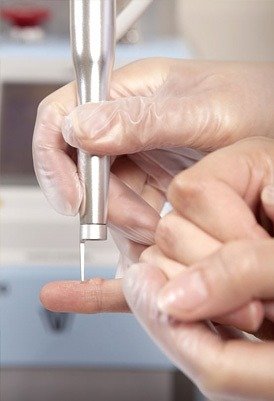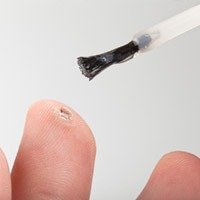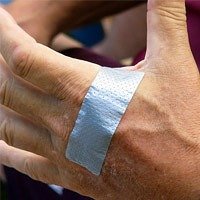
Wart Treatment
The reality is that there isn’t a one size fits in Wart Treatment. Each wart treatment will react differently to each individual patient.
Warts will often disappear on their own without treatment, and this typically the case in small children, however adults usually do not have quite as much luck.
Your immune system is responsible for eradicating warts.
Wart treatments will more often than not end up leaving the skin with inflammation and irritation prompting your immune system to kick into gear and cure your wart.
Understanding Warts
Warts do not pose a serious health risk. They are skin growths which appear when the top layer of skin is infected by a virus.
The most common virus responsible for warts is called the human papillomavirus or (HPV) for short.
Wart viruses are highly contagious and spread through contact with the wart itself or a part of your body that touched the wart.
A little known fact is that something as simple as shaving can cause warts to spread in your shaving area.
Warts are usually rough and skin-colored, but can also exhibit dark (gray-black or brown), smooth or flat qualities.
Types of Warts
HPV and Cancer
- A few types of the sexually transmitted disease HPV or human papillomavirus may cause genital warts. Some other types, referred to as “high-risk” or oncogenic HPVs, may also cause cancer to appear.
- High-risk HPVs are responsible for almost all cervical cancer and also cause the most common anal cancers, along with penile, vaginal, and oropharyngeal (mouth) cancer.
- Usually infections involving high-risk HPVs do not result in cancer. Many HPV cases are cured on their own within 2 years. But, there are infections that can last much which increases an individuals risk of developing cancer.
Types of Wart Treatments
Pittsburgh’s best dermatologists at the Golla Center for Dermatology can use one or more of these wart treatment:

Cryotherapy

Electrosurgery and Curettage

Laser

Chemotherapy

Imiquimod (Aldara)

Salicylic Acid

Duct Tape

